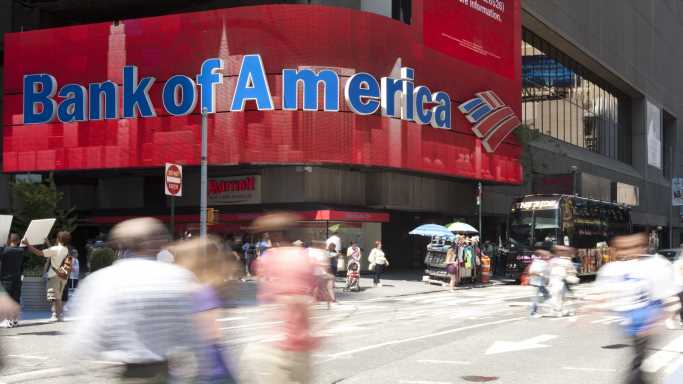In early trading on Friday, the Dow Jones industrials were up 0.11%, the S&P 500 up 0.35% and the Nasdaq 0.24% higher.
Before markets opened on Friday morning, JPMorgan reported solid beats to the consensus estimates for first-quarter earnings per share (EPS) and revenue. Net interest income was up 49% year over year, thanks to interest rate hikes, and non-interest revenue rose 5%. The nation’s largest bank added $2.3 billion to its loan-loss provision. CEO Jamie Dimon cautioned that economic “storm clouds” remain and that “financial conditions will likely tighten as lenders become more conservative, and we do not know if this will slow consumer spending.” Shares traded up 6.9% early Friday.
BlackRock also reported top-line and bottom-line results that beat expectations. Tempering enthusiasm was a decline in assets under management by 5% year over year to $9.09 trillion. Shares traded up 3.8% Friday morning.
Citigroup reported top-line and bottom-line results that exceeded consensus estimates, and it raised revenue guidance for fiscal 2023 to a range of $78 billion to $79 billion. Shares traded up 3.5%.
Wells Fargo followed the fold with beats on both the top and bottom lines. The bank set aside $643 million as a loan-loss provision, citing concerns about commercial real estate loans, credit card debt and auto loans. Shares traded down 0.5%.
UnitedHealth Group also topped consensus EPS and revenue estimates, and it issued in-line EPS guidance of $24.50 to $25.00. Shares traded down 0.4% early Friday.
Before U.S. markets open on Monday, Charles Schwab, M&T Bank and State Street are on deck to report quarterly results.
Here is a look at three financial services firms that will reveal first-quarter results first thing Tuesday.
Bank of America
Shares of Bank of America Corp. (NYSE: BAC) have dropped by 26.4% over the past 12 months. BofA has added about 3.3% over the past five trading sessions, but on Tuesday it reported that clients had suffered an outflow of $2.3 billion in equity investments. As with other banks, rising interest rates likely will boost net interest income, but slowing loan growth following the Silicon Valley Bank debacle could weigh on March revenue and on revenue going forward.
Analysts remain moderately bullish on BofA, with 13 of 26 having a Buy or Strong Buy rating. Of the rest, 11 have Hold ratings. At a recent share price of around $28.50, the implied gain based on a median price target of $35.10 is 23.2%. At the high price target of $45.00, the implied upside is about 57.9%.
First-quarter revenue is forecast at $25.28 billion, which would be up 3% sequentially and by 8.8% year over year. Adjusted EPS are expected to come in at $0.83, down 2.9% sequentially but up 3.8% year over year. For the full 2023 fiscal year, analysts forecast EPS of $3.32, up 4%, on revenue of $99.3 billion, up about 4.6%.
BofA’s stock trades at 8.6 times expected 2023 EPS, 8.4 times estimated 2024 earnings of $3.40 and 8.0 times estimated 2025 earnings of $3.57 per share. The stock’s 52-week trading range is $26.32 to $40.37. BofA pays an annual dividend of $0.88 (yield of 3.08%). Total shareholder return for the past 12 months was negative 24.6%.
Sponsored: Tips for Investing
A financial advisor can help you understand the advantages and disadvantages of investment properties. Finding a qualified financial advisor doesn’t have to be hard. SmartAsset’s free tool matches you with up to three financial advisors who serve your area, and you can interview your advisor matches at no cost to decide which one is right for you. If you’re ready to find an advisor who can help you achieve your financial goals, get started now.
Investing in real estate can diversify your portfolio. But expanding your horizons may add additional costs. If you’re an investor looking to minimize expenses, consider checking out online brokerages. They often offer low investment fees, helping you maximize your profit.
Source: Read Full Article
